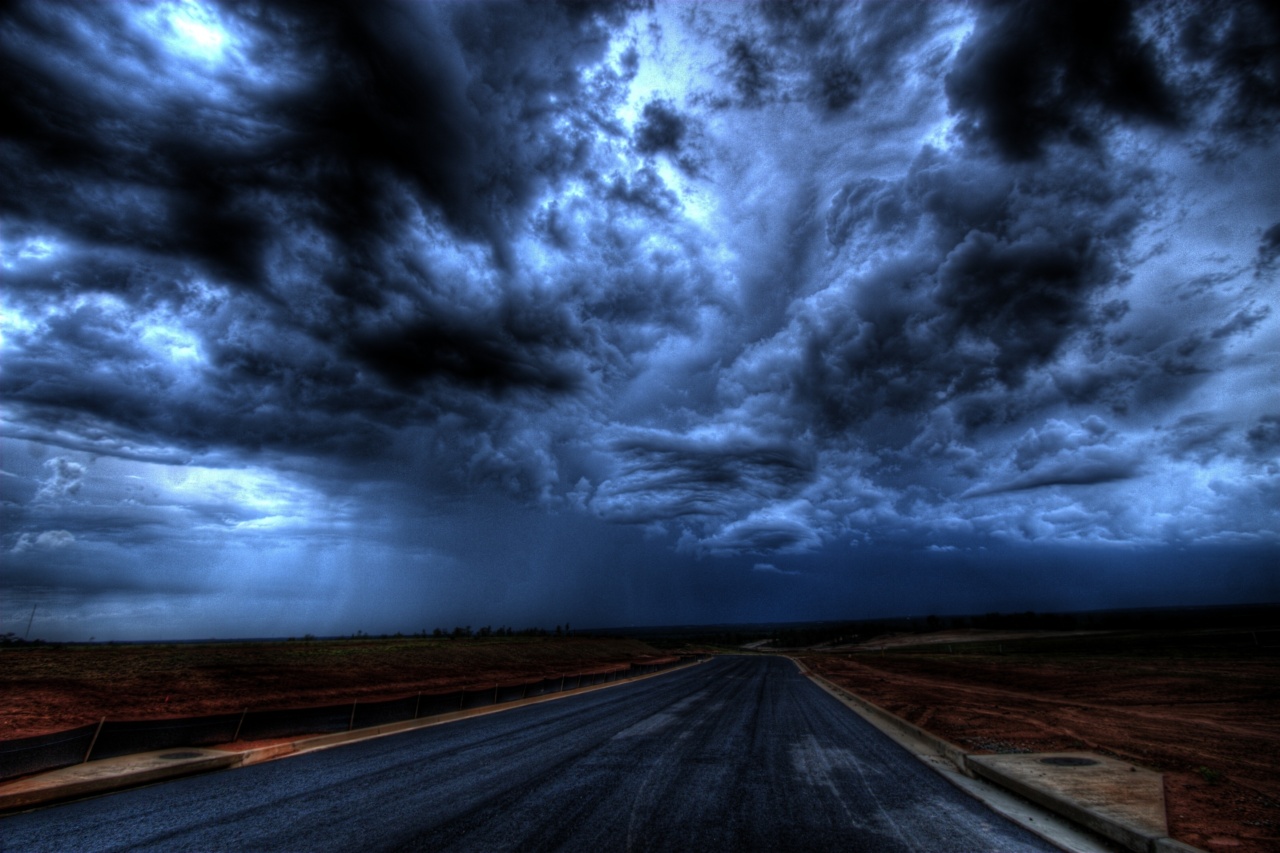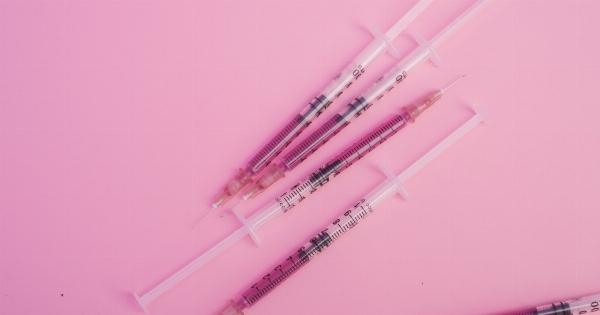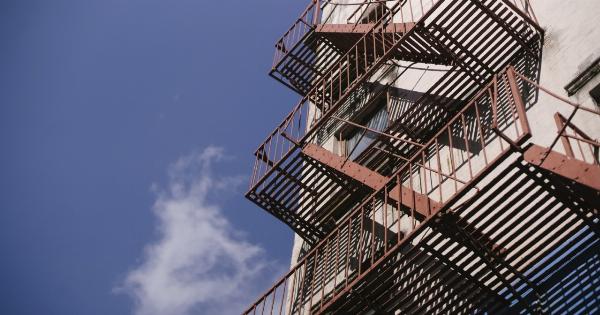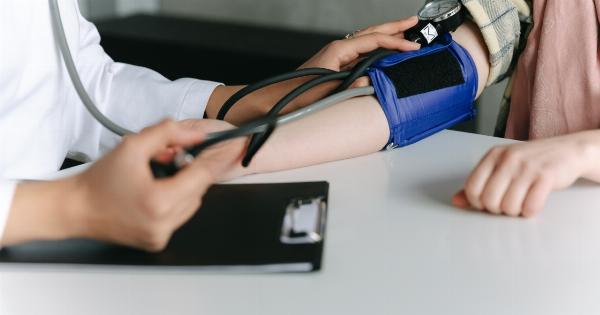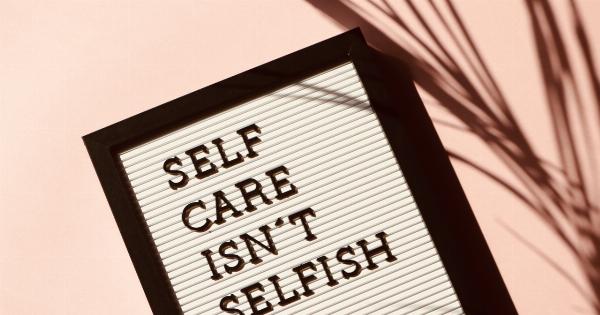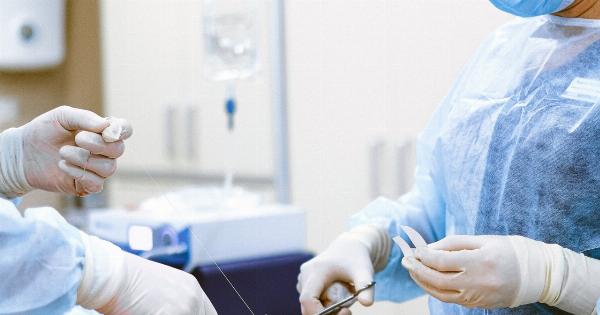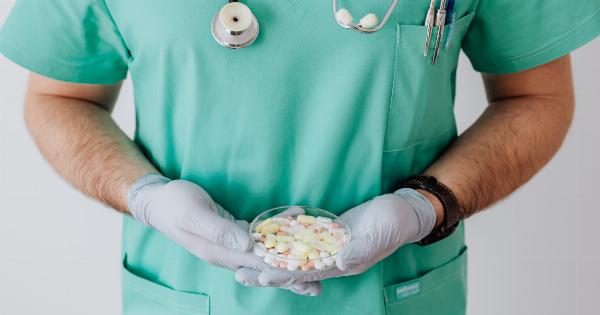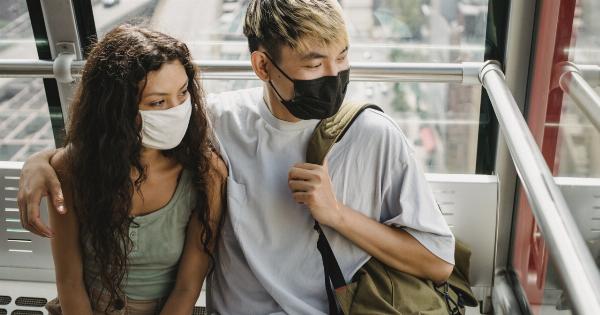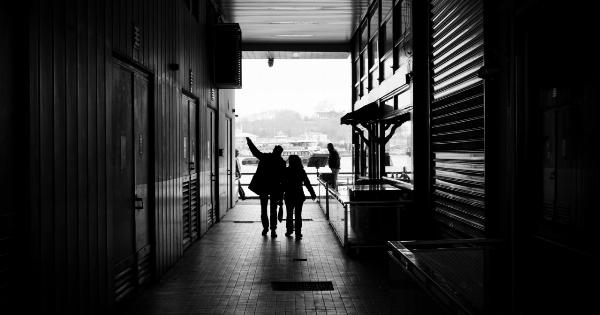Strokes are a medical emergency that require immediate attention. They occur when blood supply to the brain is interrupted or reduced, leading to a lack of oxygen and nutrients.
The consequences of a stroke can be devastating, with long-term disabilities or even death being potential outcomes. While strokes can happen at any time of the day or night, there is evidence to suggest that evenings may be a particularly dangerous time for stroke occurrence.
Understanding Strokes
To fully comprehend why evenings might pose a higher risk for strokes, it is crucial to grasp the underlying mechanisms and risk factors associated with these events.
Strokes can be broadly classified into two main types: ischemic strokes and hemorrhagic strokes.
Ischemic Strokes
Ischemic strokes are the most common type, accounting for about 85% of all stroke cases. They occur when a blood vessel supplying the brain becomes blocked or narrowed, most frequently due to a blood clot.
The risk of ischemic strokes is often associated with various factors like high blood pressure, smoking, heart disease, obesity, diabetes, high cholesterol levels, and a sedentary lifestyle.
Hemorrhagic Strokes
Hemorrhagic strokes, on the other hand, happen when a blood vessel in the brain ruptures or leaks. This leads to blood accumulation in or around the brain, interfering with its normal functioning.
Conditions that increase the risk of hemorrhagic strokes include untreated high blood pressure, aneurysms, arteriovenous malformations (AVMs), blood disorders, and excessive use of drugs, particularly those that affect blood clotting.
Time Dependency in Stroke Occurrence
Studies have shown a variation in the occurrence of strokes based on the time of day. Data indicates that there is a circadian rhythm to stroke incidence, with some periods being more prone to stroke events than others.
Notably, mornings have been widely regarded as the most dangerous time for stroke occurrence due to factors such as increased blood pressure levels upon waking up and elevated adrenaline and cortisol levels that follow.
The Evening Stroke Paradox
While mornings have traditionally garnered attention as the time of highest risk for strokes, recent research has begun to shed light on the paradox of evening strokes.
It has been noted that evenings, particularly between 6 PM to midnight, might pose a significant danger for stroke occurrence as well.
Possible Explanations
Various factors could contribute to the increased risk of strokes in the evenings. One significant reason is the disruption of circadian rhythms.
Our body’s internal clock, influenced by light and dark cues, regulates several physiological processes, including blood pressure, hormone release, and even blood clotting mechanisms. Disturbances in the body’s internal clock can lead to abnormalities in these systems, potentially increasing the risk of stroke events.
In the evenings, there is often a higher prevalence of risk factors associated with strokes.
People may experience higher levels of stress or engage in behaviors such as heavy alcohol consumption, which can influence blood pressure and clotting mechanisms. Additionally, evening meals tend to be larger and higher in fat and salt content, which can contribute to hypertension and other cardiovascular issues.
Adverse Effects of Delayed Treatment
Another crucial aspect of stroke occurrence in the evening is the impact it has on prompt treatment. In many cases, symptoms may go unnoticed or be misinterpreted as fatigue or stress due to the late hour.
People may delay seeking medical assistance until the following day, potentially missing out on crucial time-sensitive interventions that could mitigate the severity of the stroke.
Medical facilities may also be less equipped to deal with stroke events during the nighttime, leading to delays in an accurate diagnosis and commencement of appropriate treatment strategies.
This delay can significantly affect patient outcomes and increase the risk of long-term disabilities or mortality.
Preventing Evening Strokes
Taking preventative measures to reduce the risk of evening strokes is of utmost importance. Here are some key recommendations:.
1. Maintain a Healthy Lifestyle
The adoption of a healthy lifestyle can significantly lower the risk of strokes.
This includes regular physical activity, a balanced diet rich in fruits, vegetables, and whole grains, and the avoidance of unhealthy habits such as smoking and excessive alcohol consumption.
2. Manage Underlying Health Conditions
Efficient management of conditions like high blood pressure, diabetes, obesity, and heart disease can greatly reduce the risk of strokes.
Complying with prescribed medications, attending regular check-ups, and adhering to lifestyle modifications are vital for effective disease management.
3. Be Aware of Stroke Warning Signs
Familiarizing yourself with the signs and symptoms of strokes is crucial in seeking immediate medical attention.
Remembering the acronym FAST – Face drooping, Arm weakness, Speech difficulties, Time to call emergency services – can help in quickly identifying a potential stroke and getting proper care without delay.
4. Encourage Adequate Sleep
Sleep deprivation or poor sleep quality has been linked to an increased risk of strokes. Prioritize adequate sleep by establishing a consistent sleep routine, creating a comfortable sleep environment, and avoiding electronic devices before bedtime.
Conclusion
While mornings have been widely recognized as the time of highest risk for strokes, recent research suggests that evenings may also pose a significant danger.
Understanding the mechanisms and risk factors associated with strokes is crucial in taking appropriate preventive measures. By adopting a healthy lifestyle, managing underlying health conditions, being aware of stroke warning signs, and prioritizing adequate sleep, individuals can reduce their risk of strokes, whether they occur in the morning or evening.
